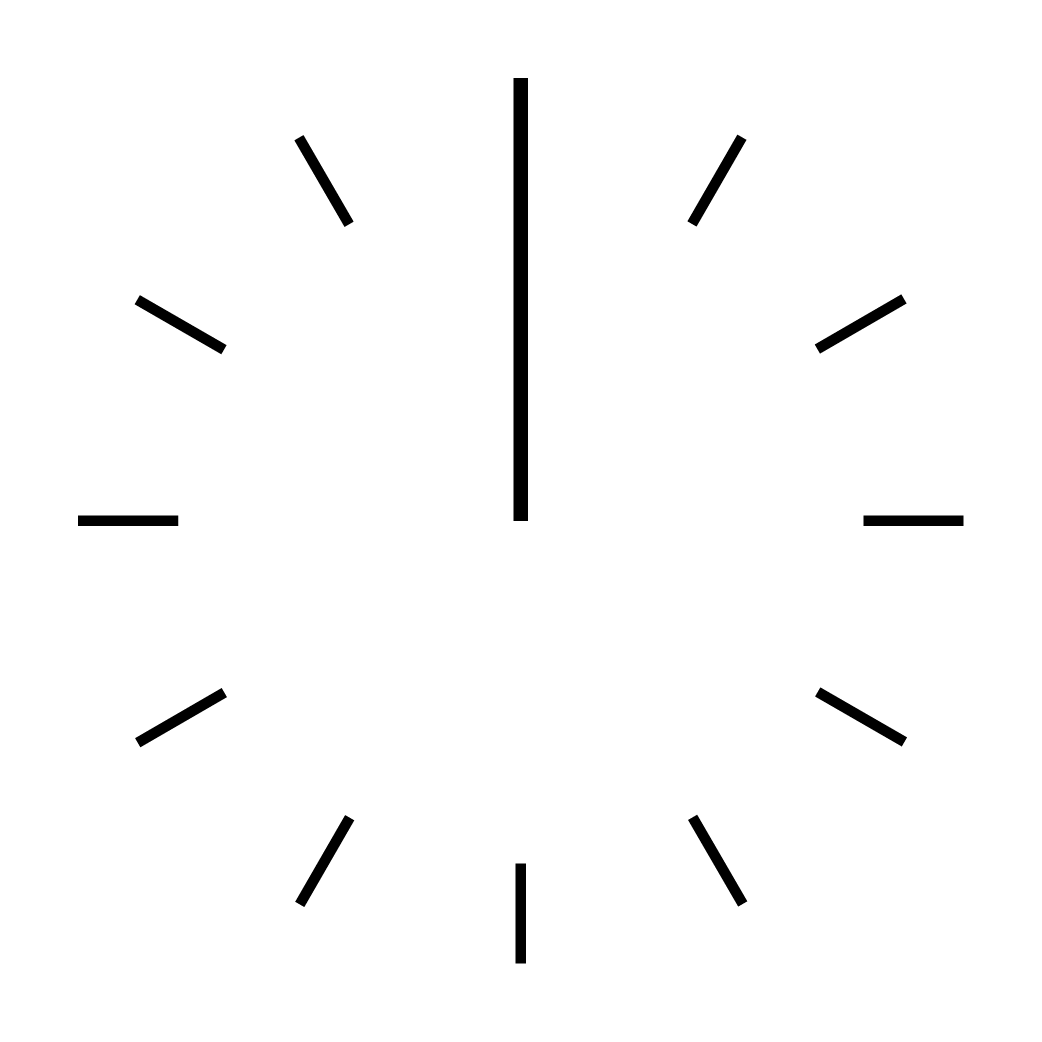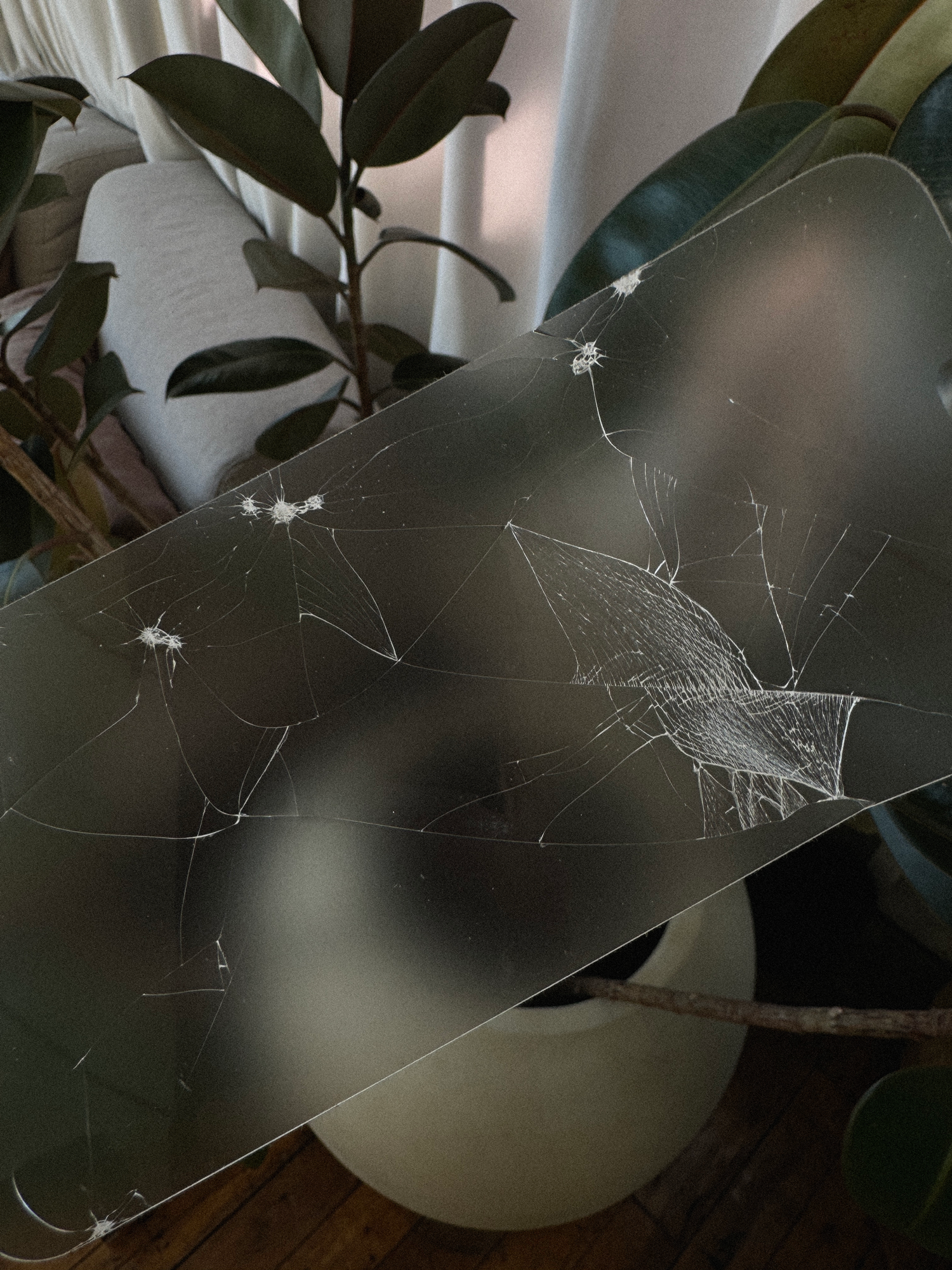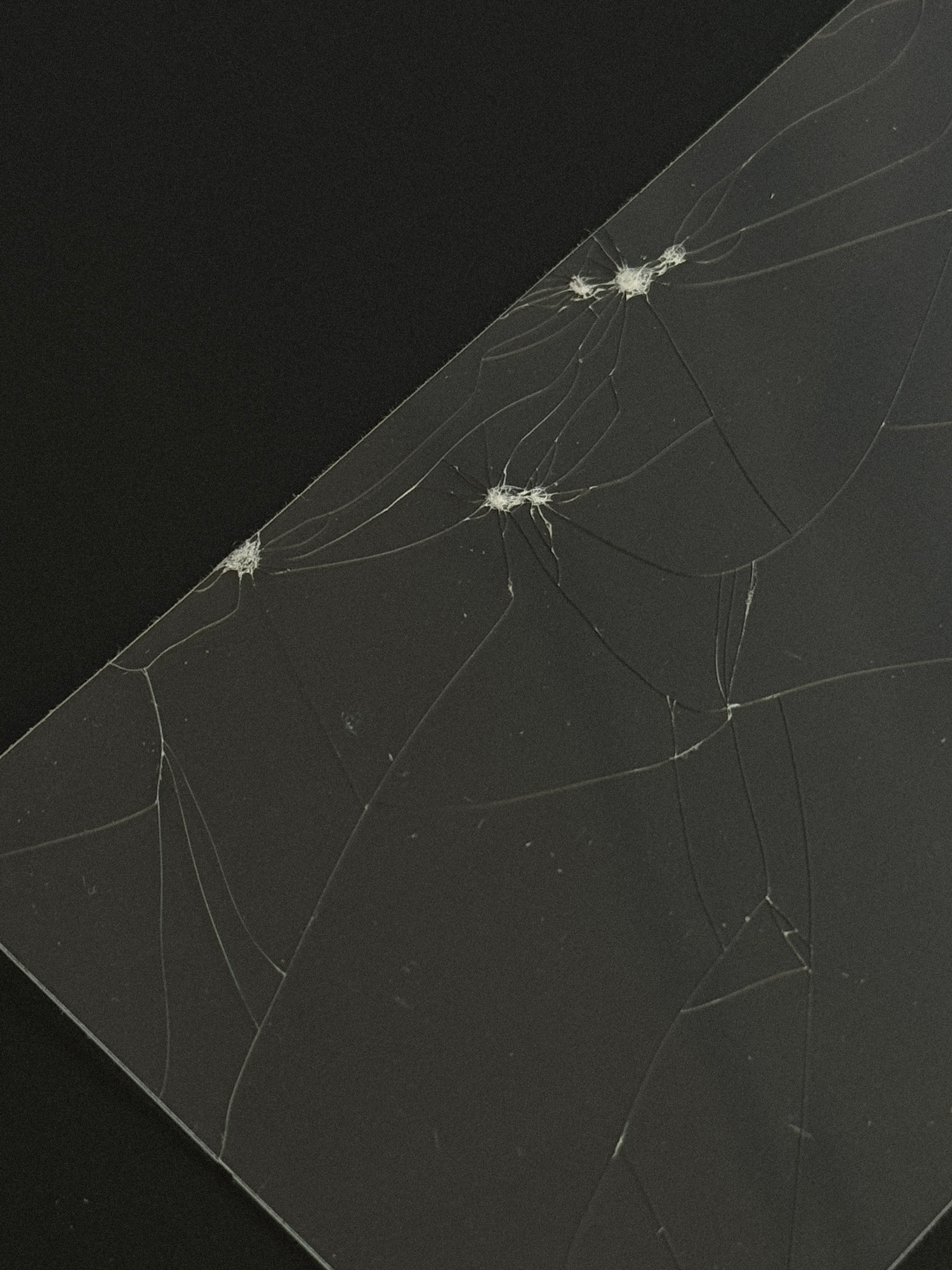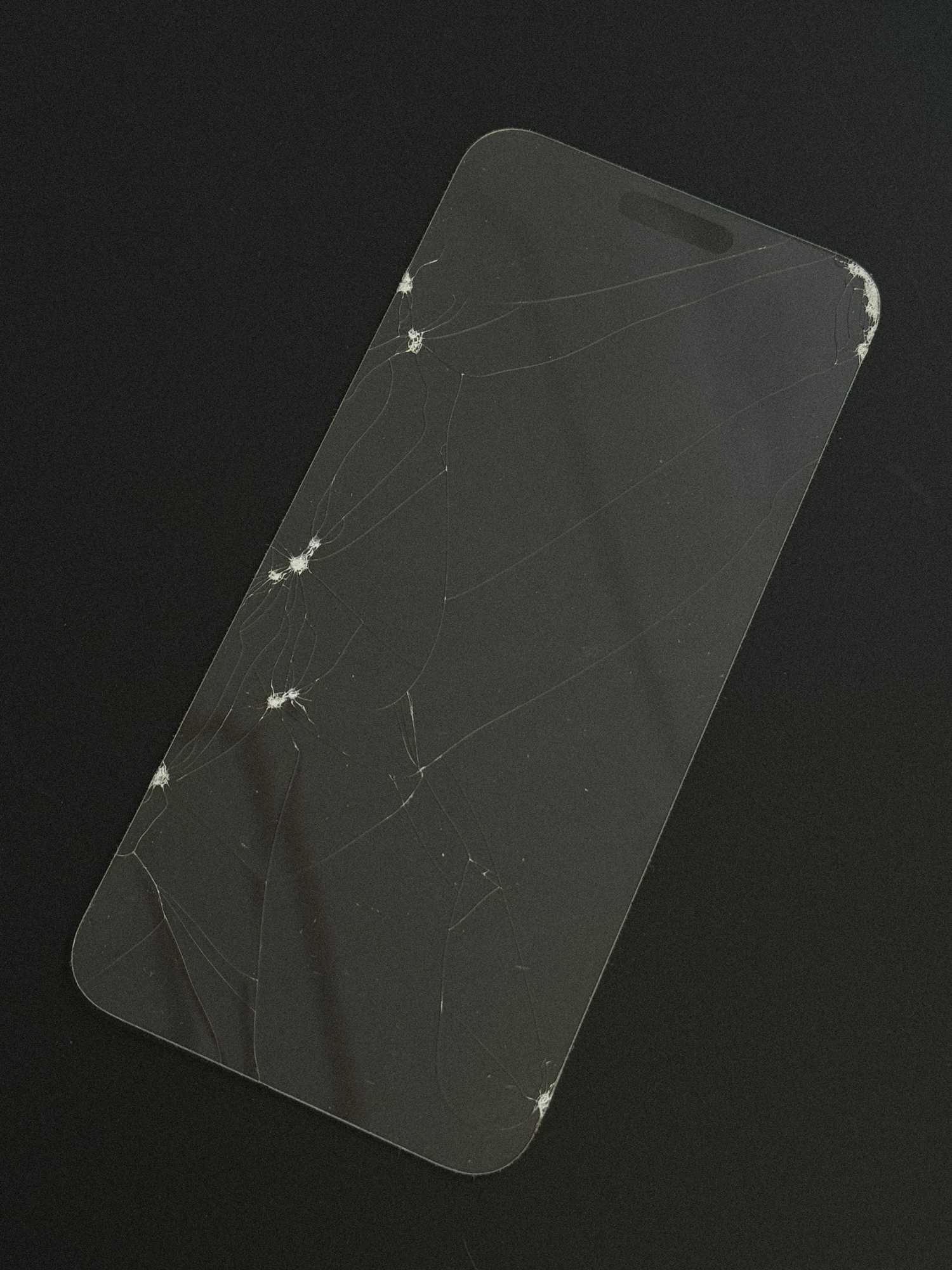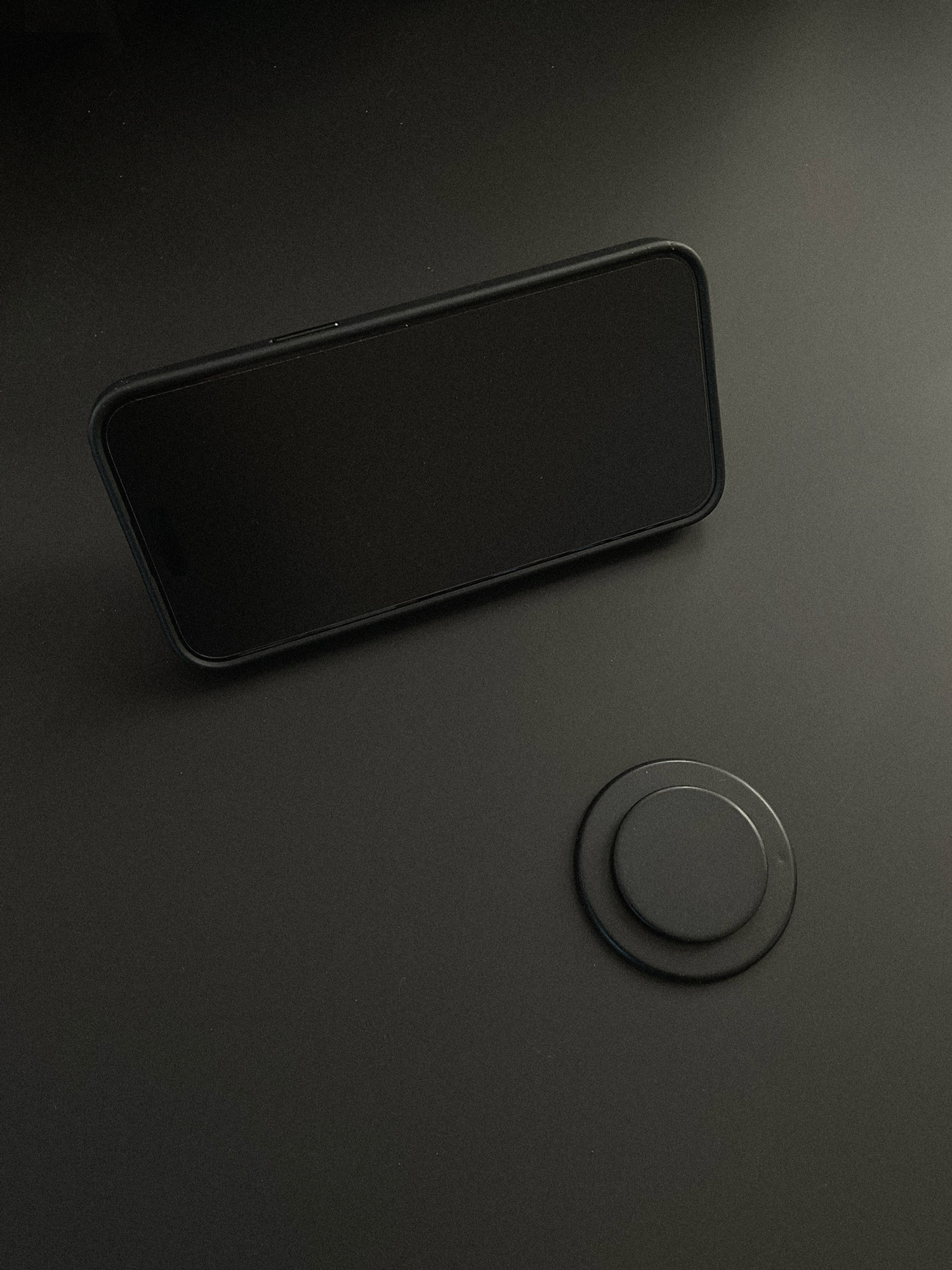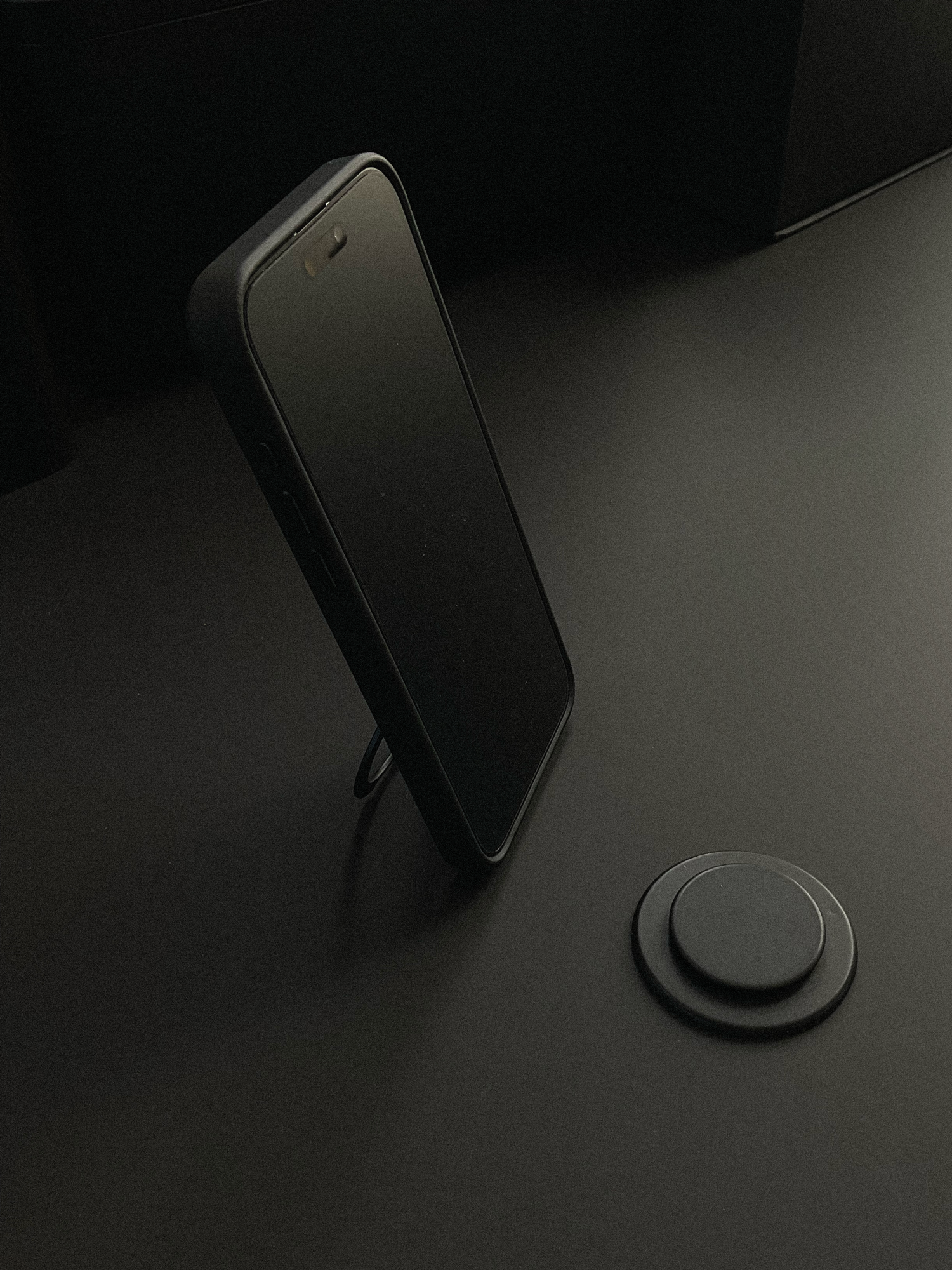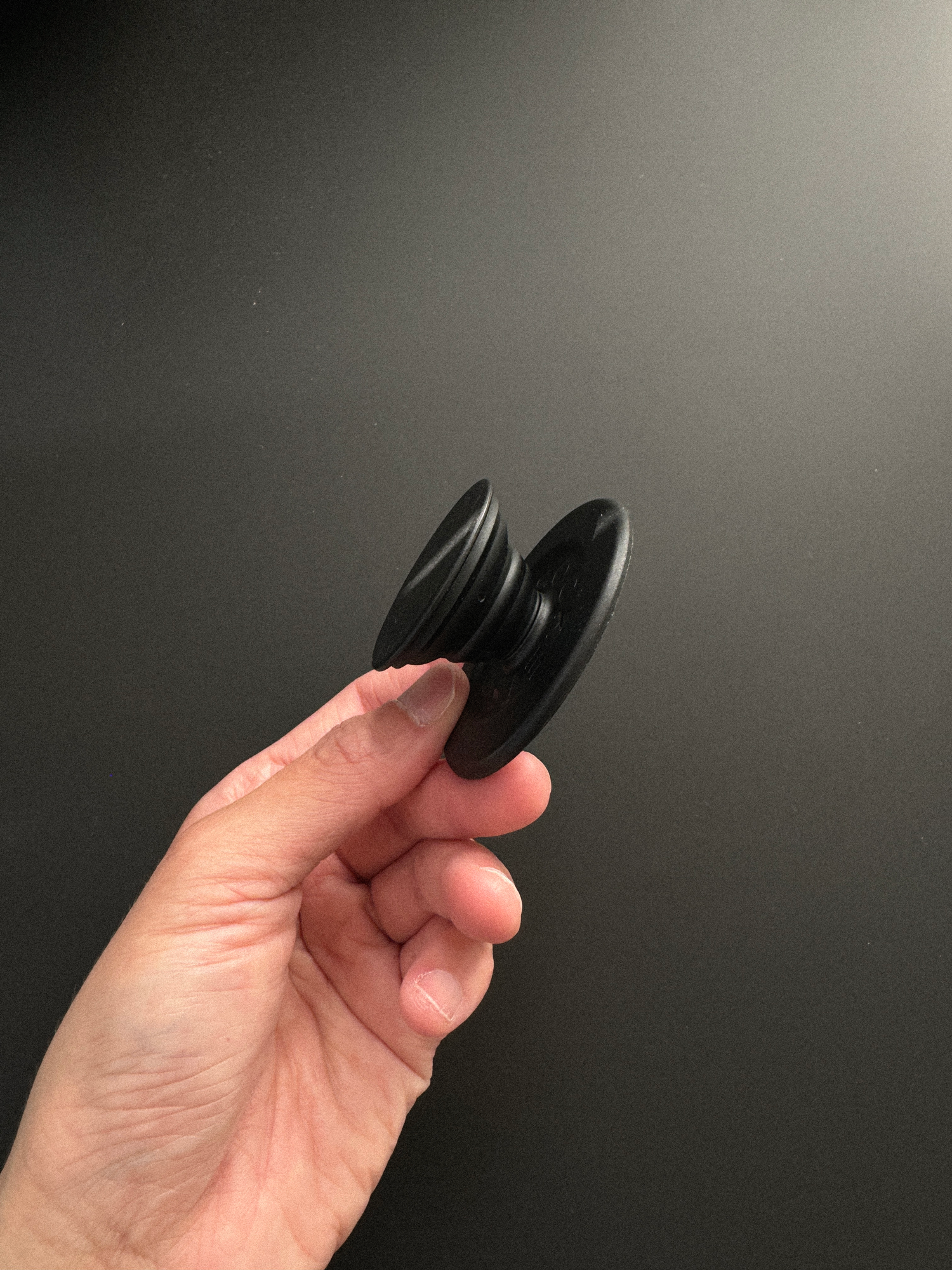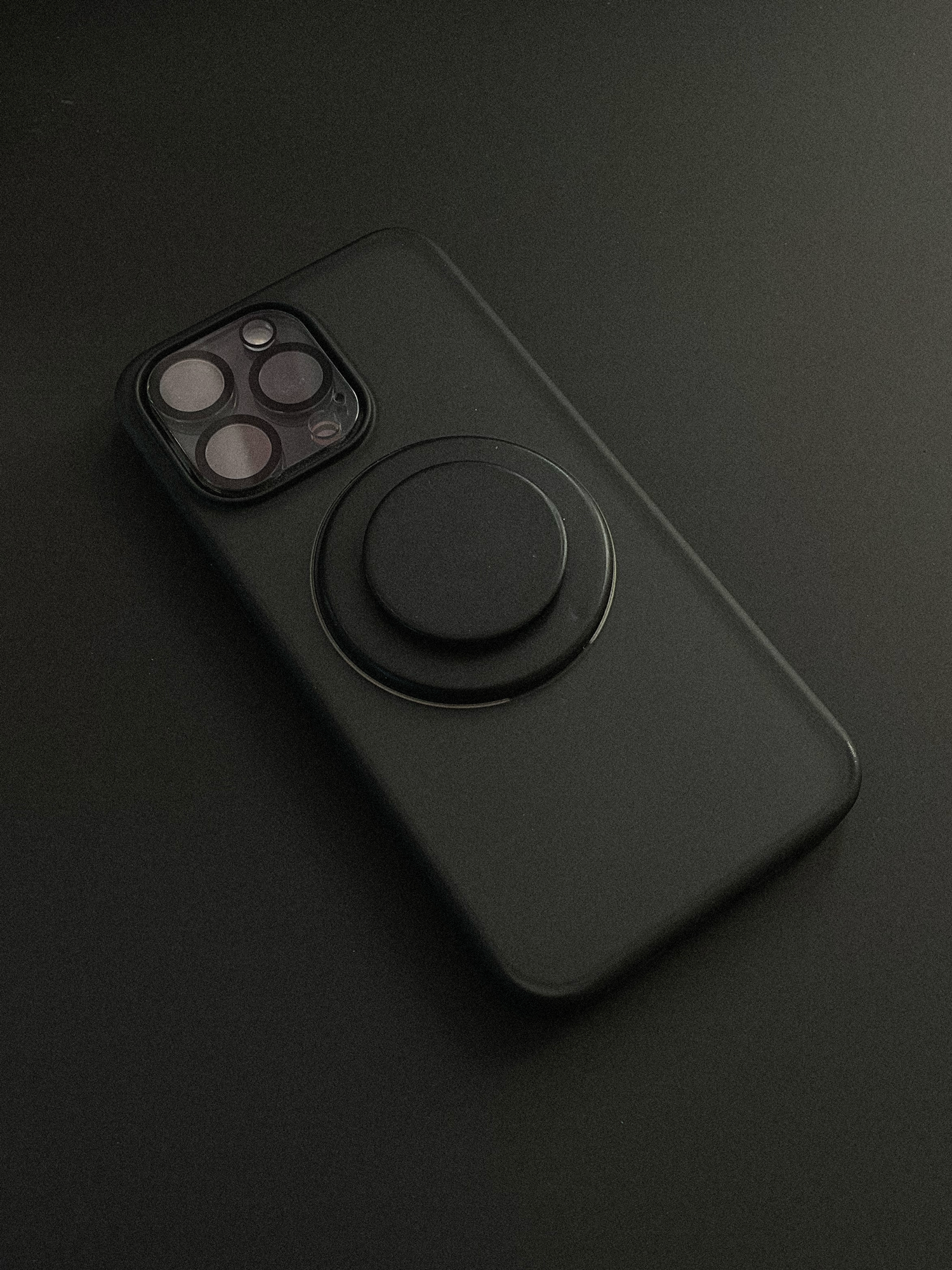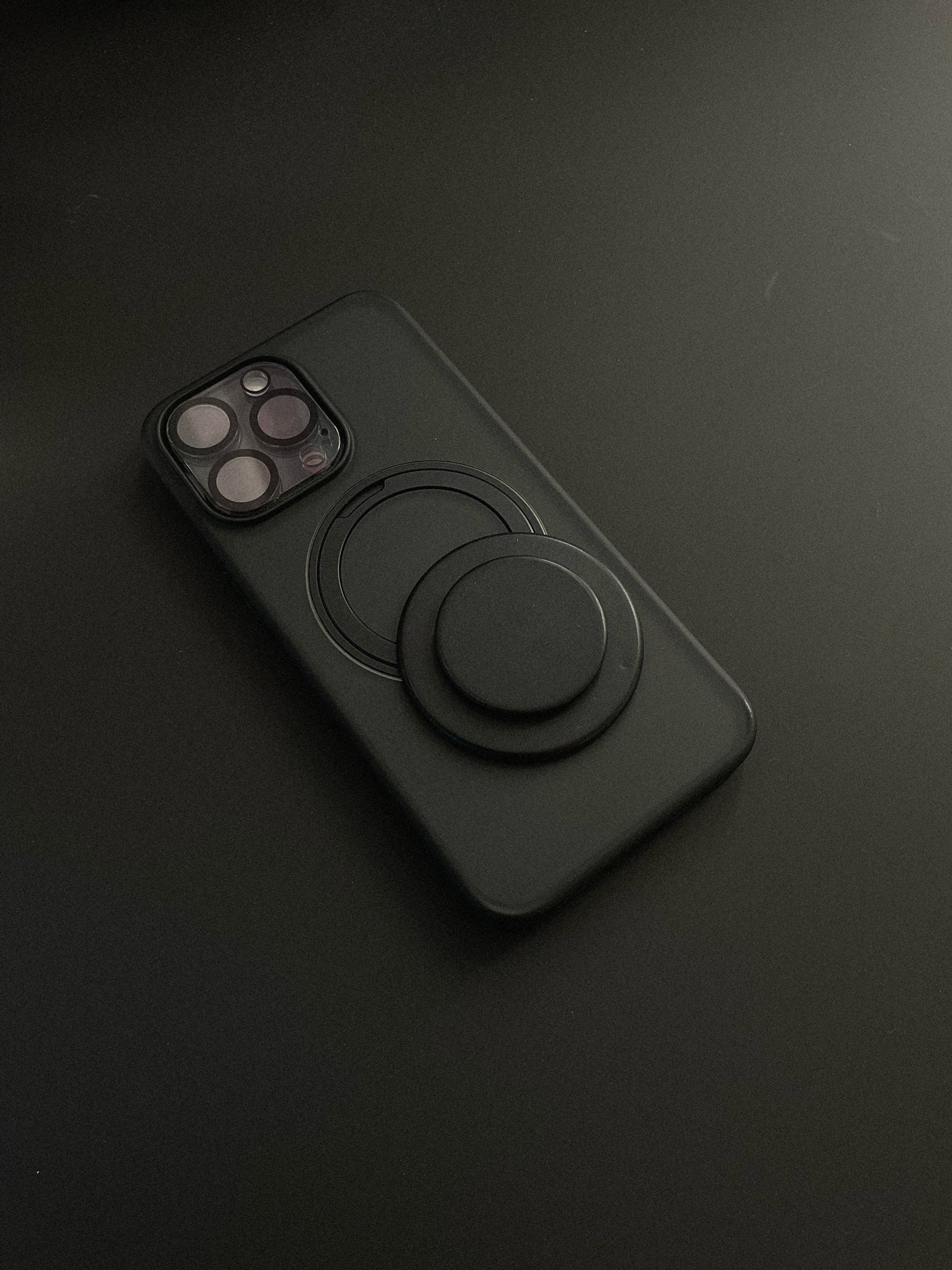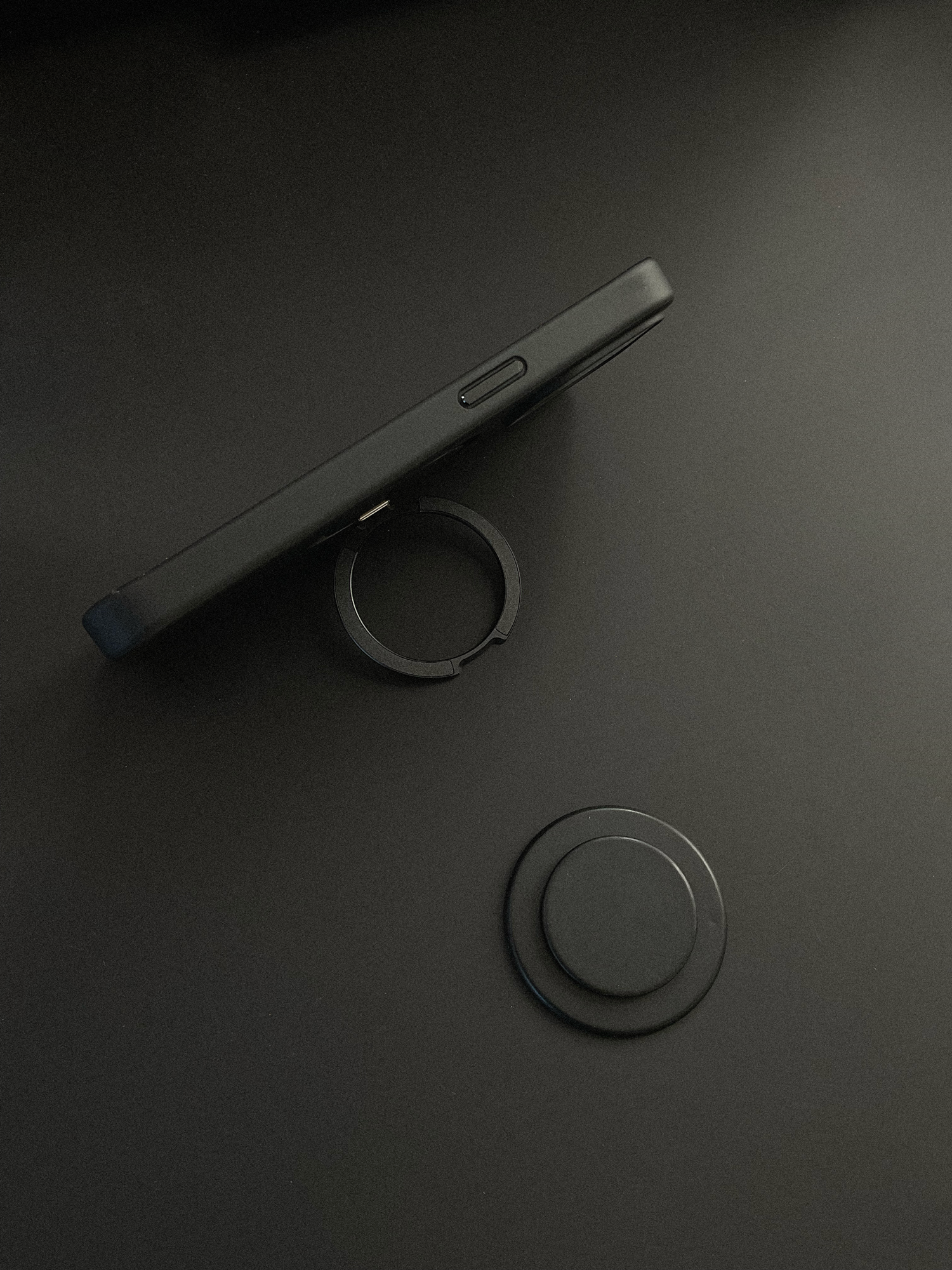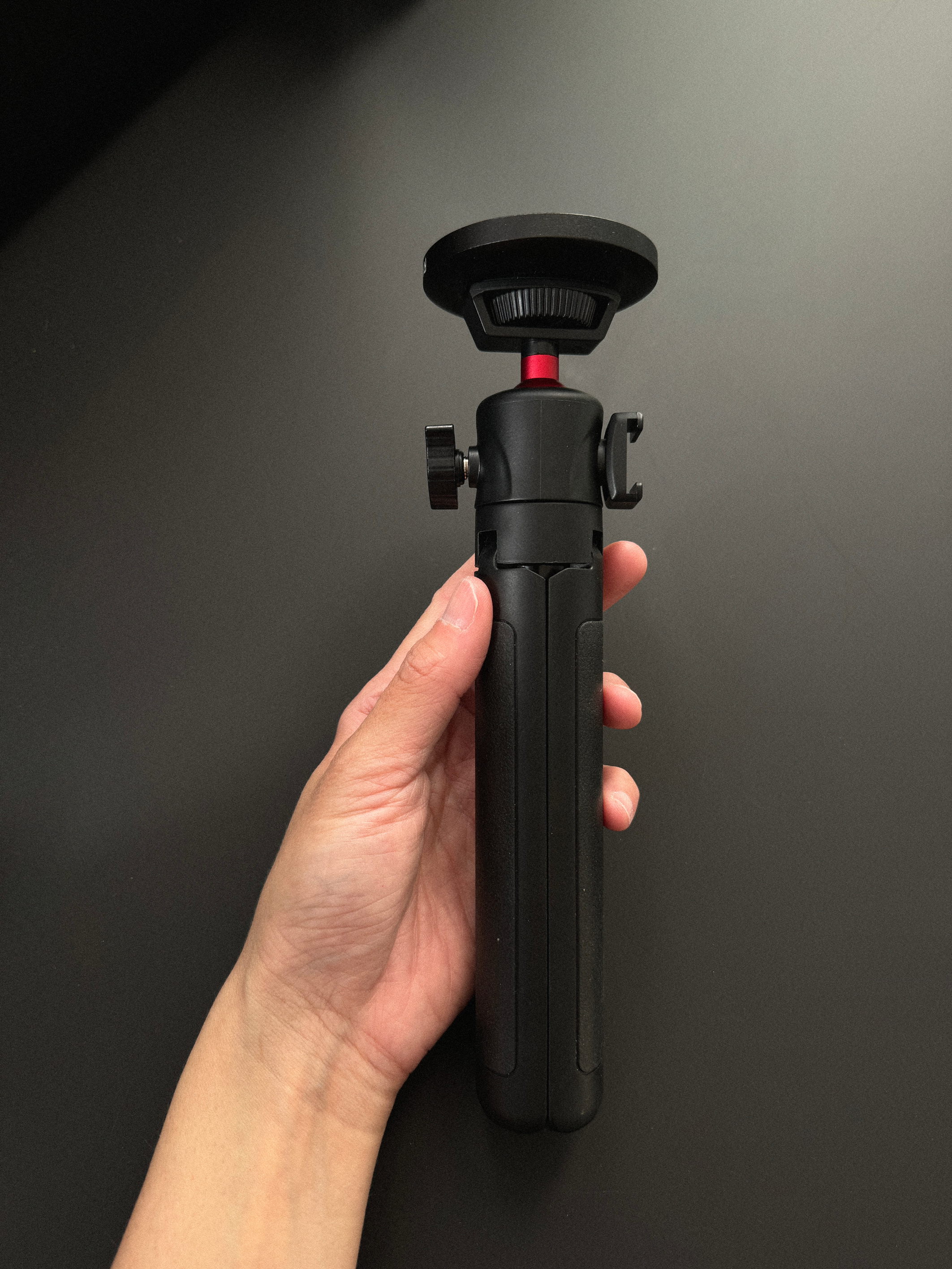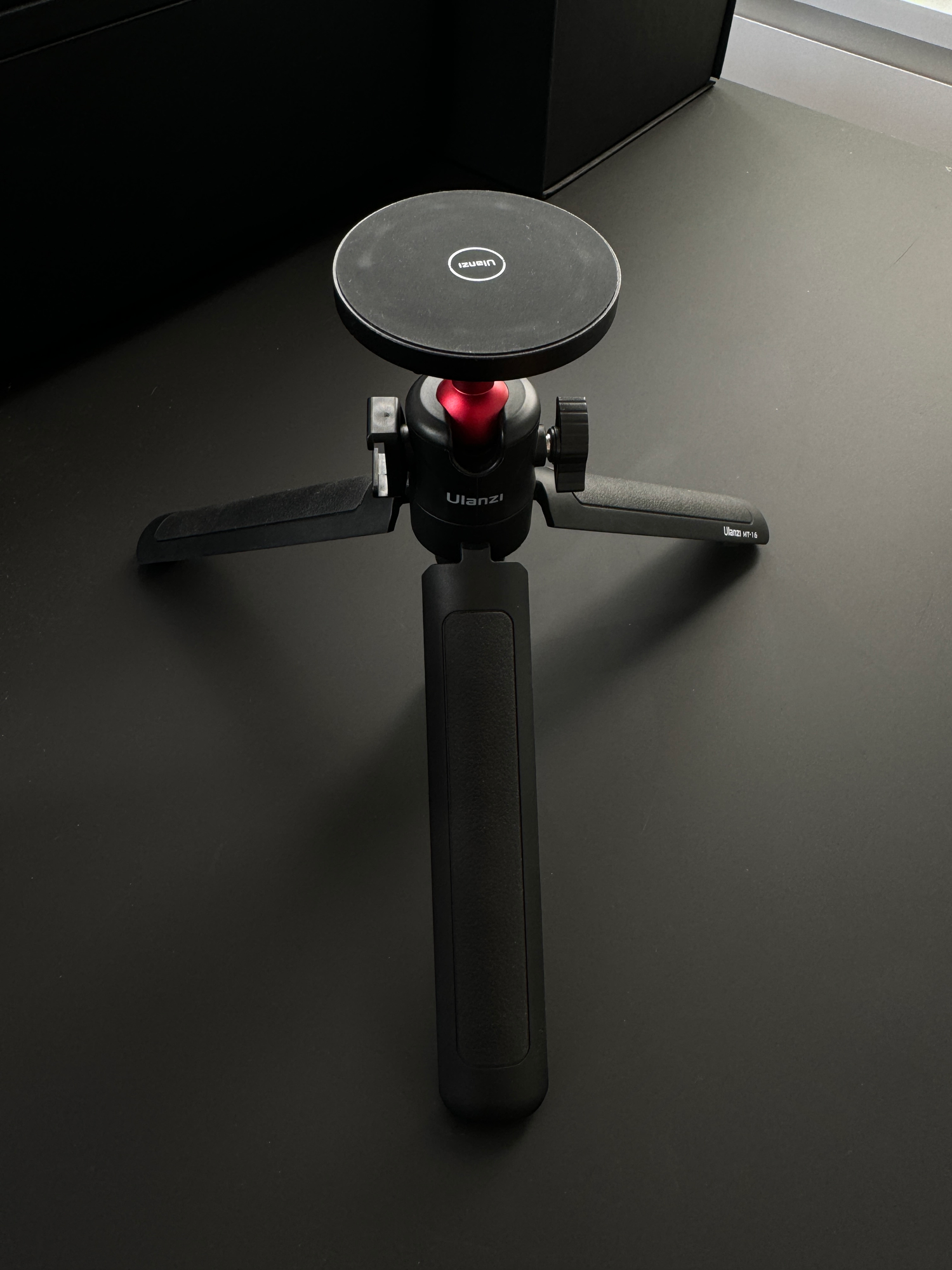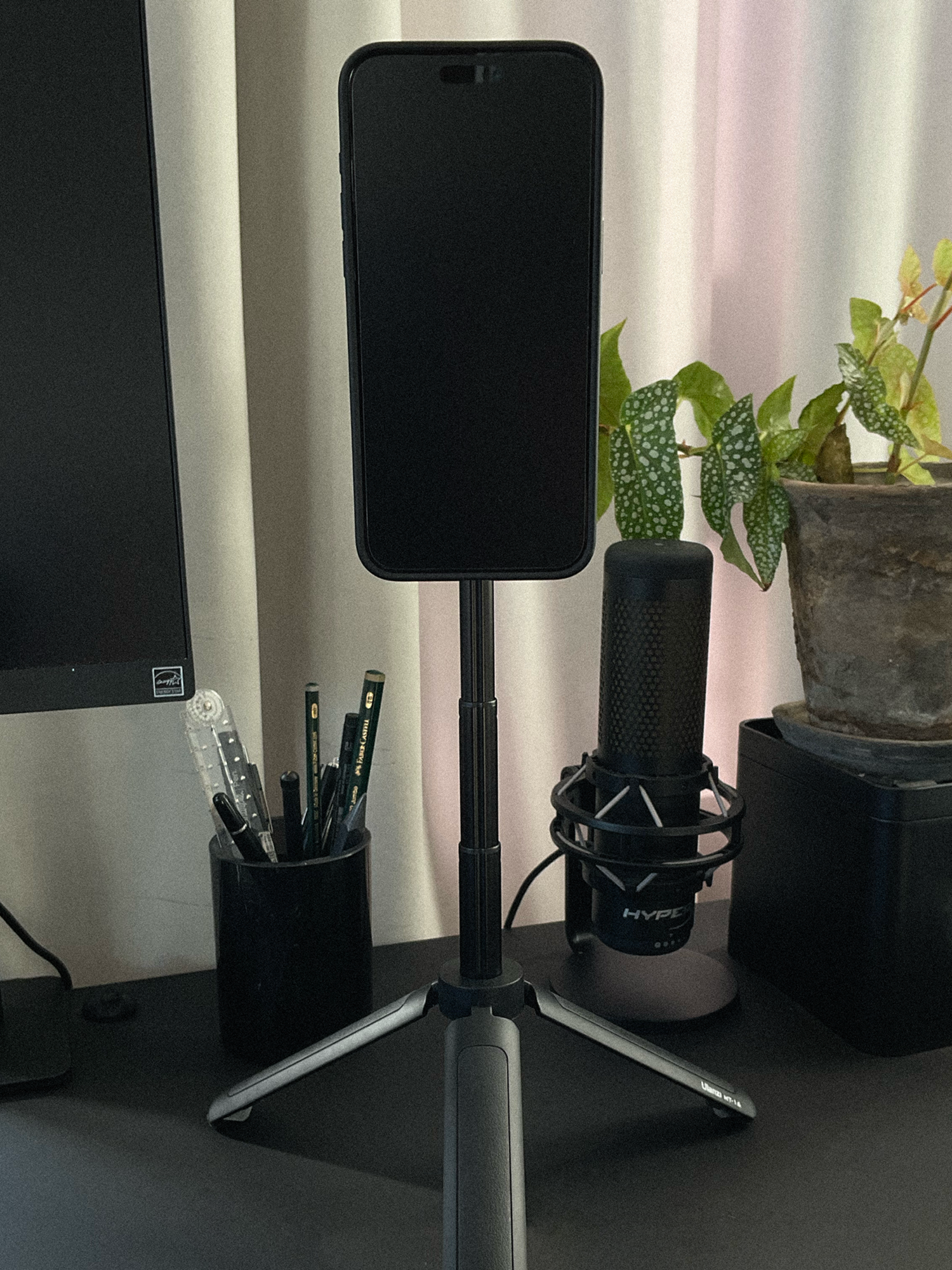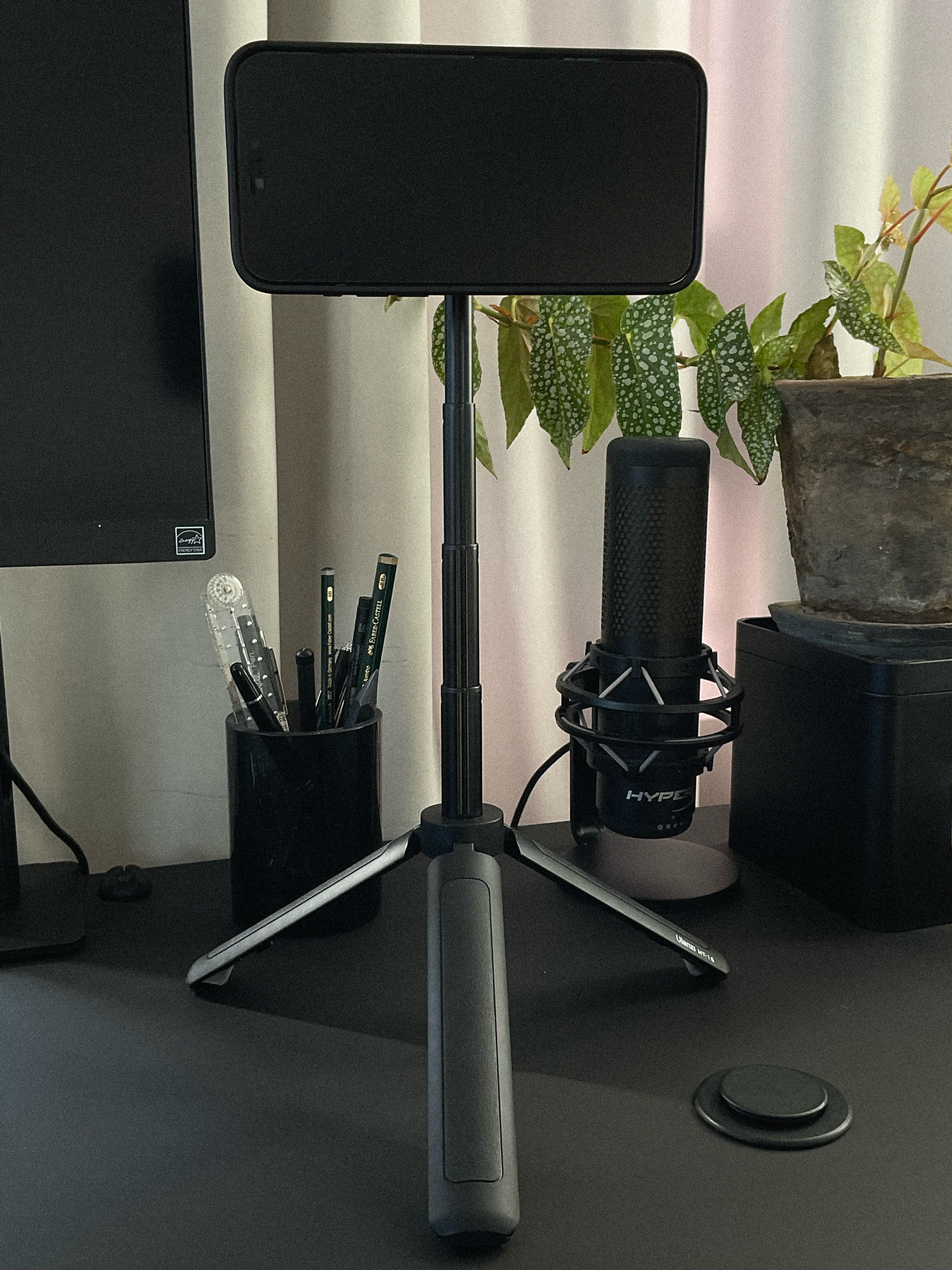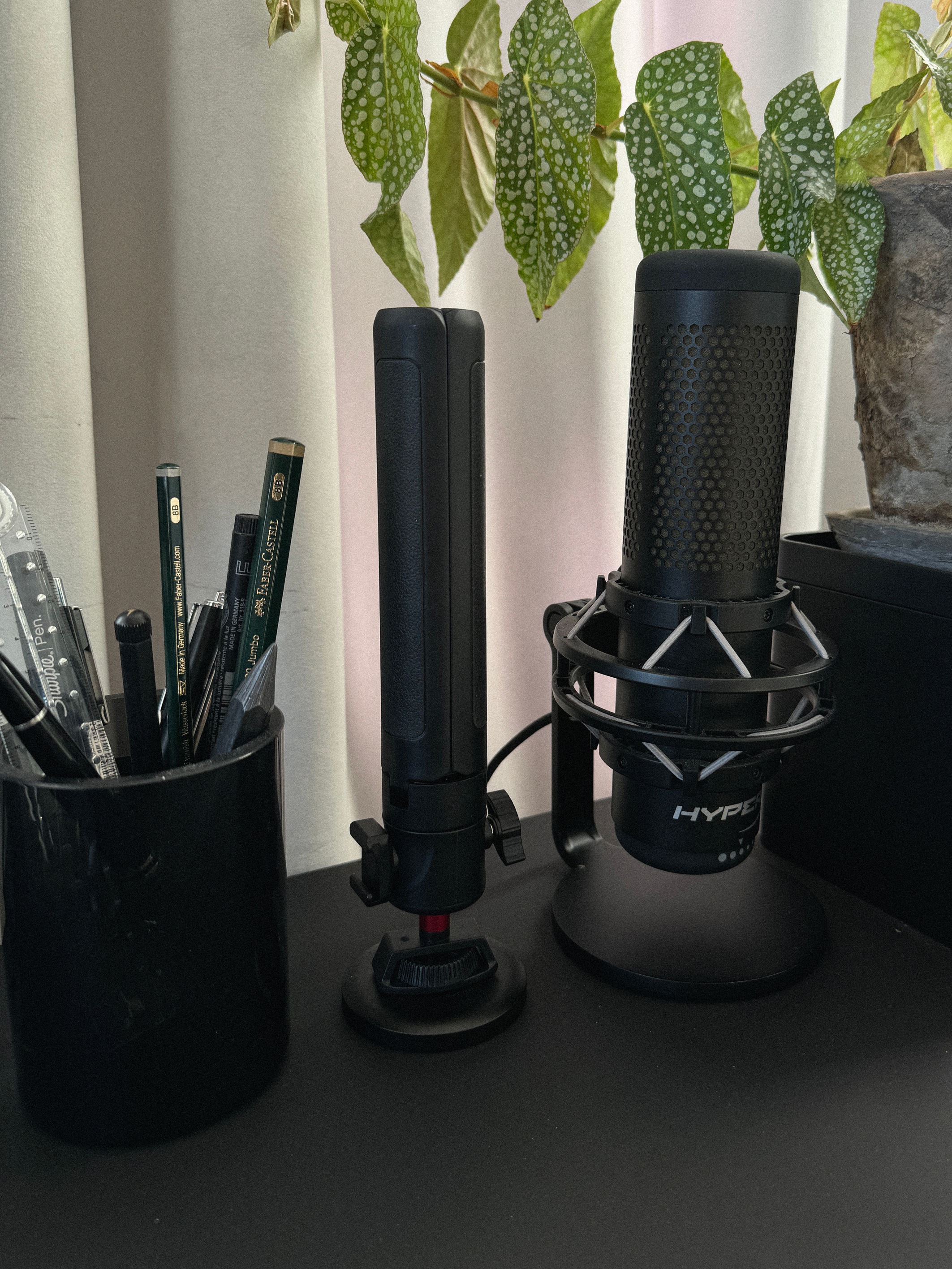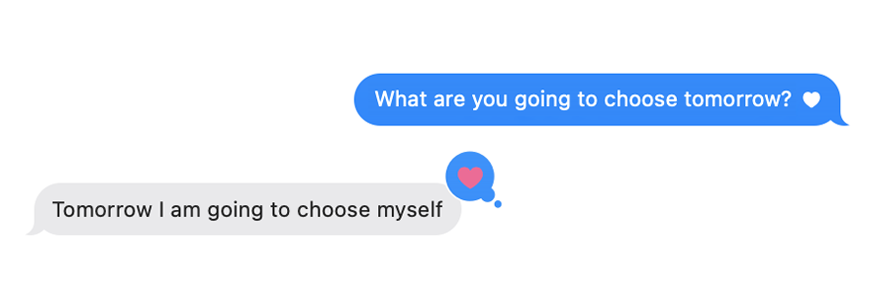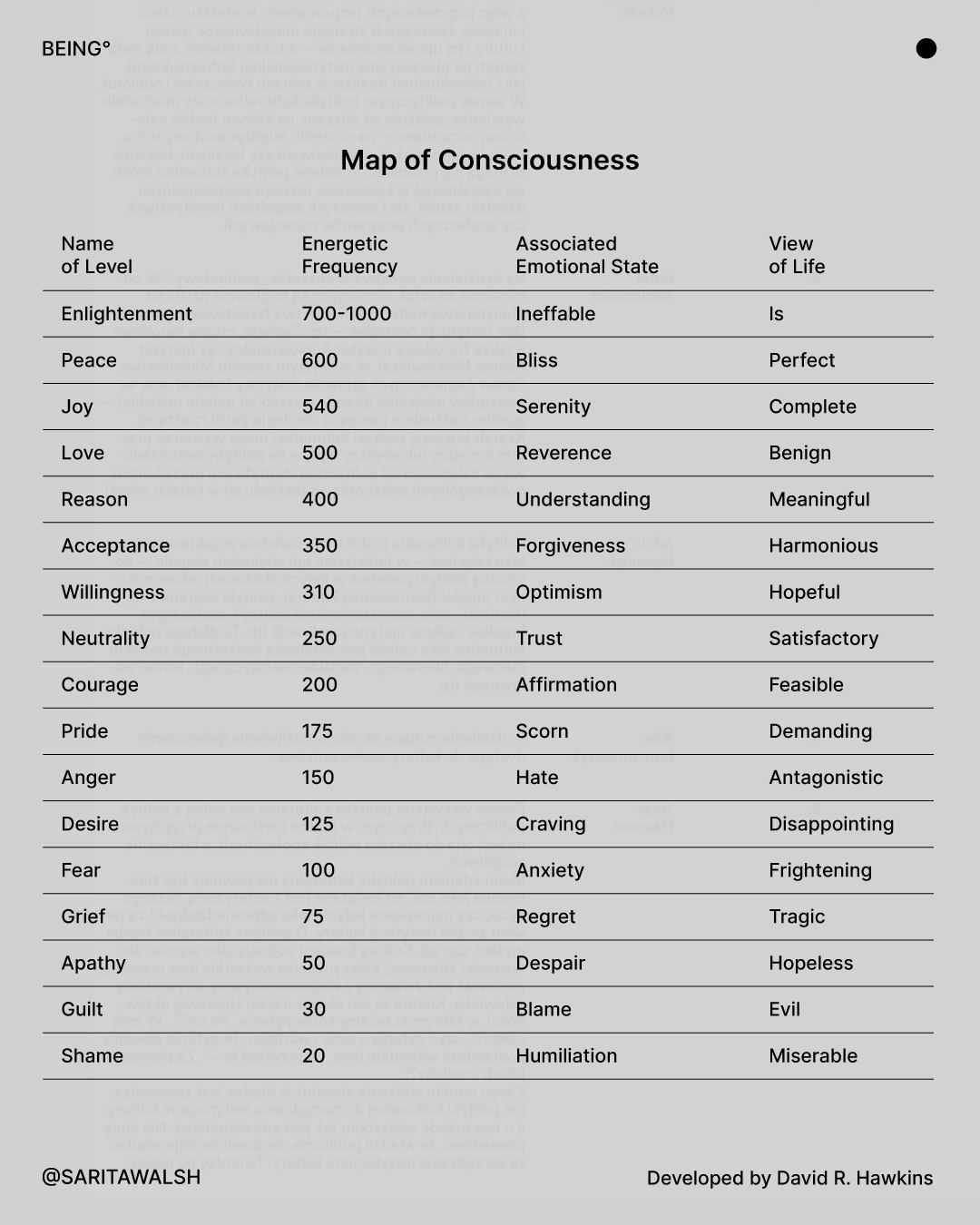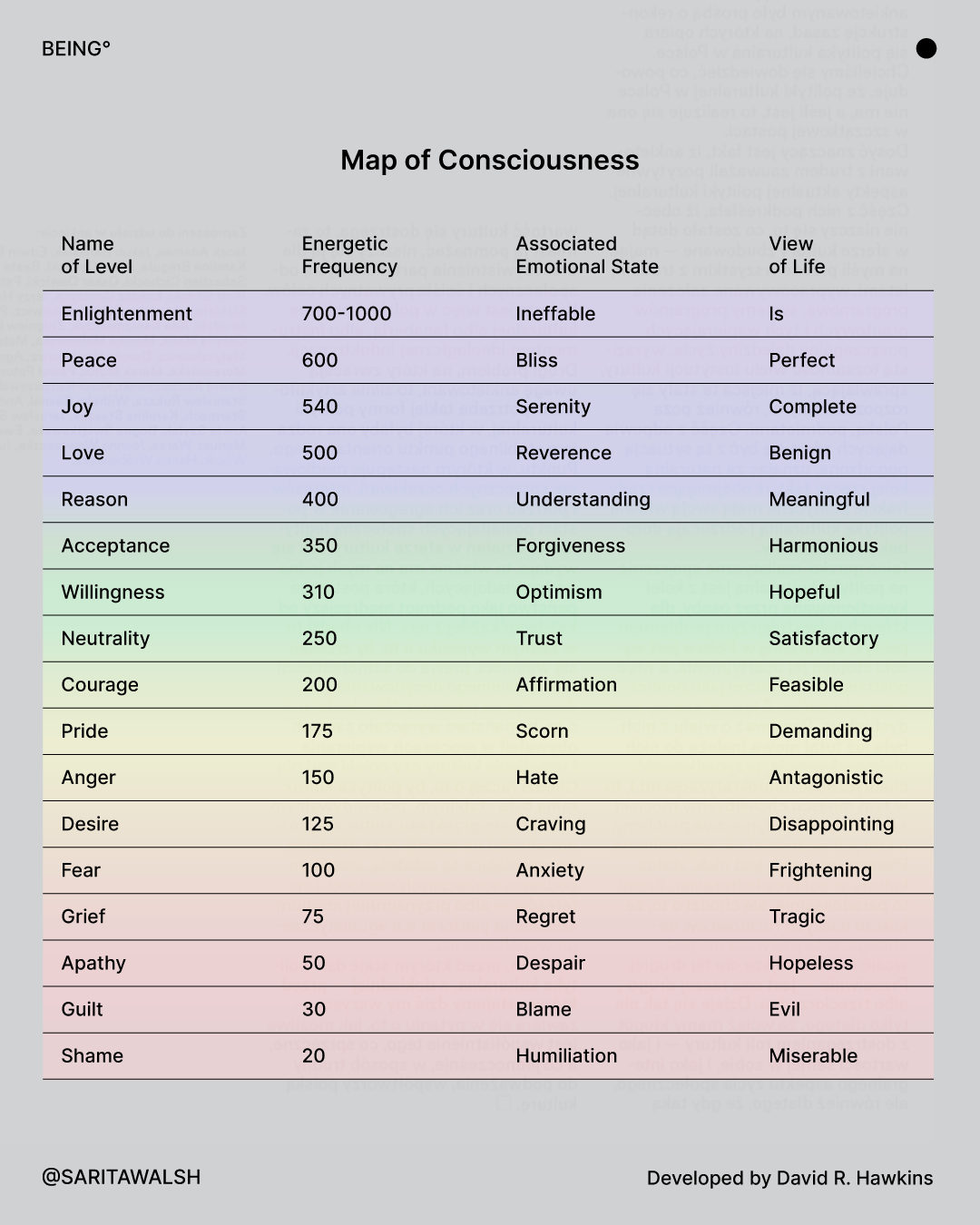🕑 3 minute read
The Principle
My guiding principle in life is inspired by the remarkable philosophy of Dieter Rams—a visionary German industrial designer.
He advocated for "Less but Better," a concept I have adapted to "Less and Better."
This philosophy resonates deeply with me, and I intentionally incorporate it into every aspect of my life; Relationships, Information and Everyday Objects.
Relationships
I focus on fostering deeper, more meaningful connections rather than accumulating numerous surface-level ones. By prioritising quality over quantity, I spend my time and energy (my life) on fulfilling relationships.
Information
In today's information-rich society, I used to find myself indulging in intellectual overconsumption—‘Informational Masturbation’ if you will—without a clear intention for practical application or meaningful synthesis.
This tendency not only overwhelms me with an excess of data but also challenges my ability to distill and apply any knowledge effectively.
Now, I consciously choose content with the commitment to integrate and apply it.
"Integration Hour" is systematically scheduled on the calendar following content consumption
